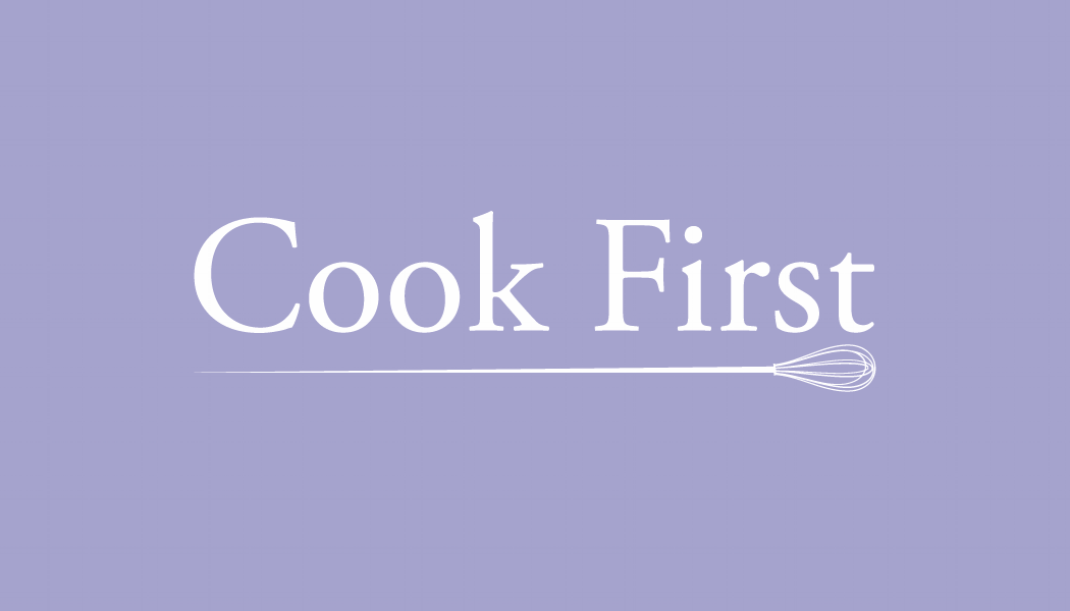Food: A Window onto Culture & History

The power of food and its vital importance in all cultures is immeasurable. Food is national identity; it can unite or divide a nation. Every dish, every morsel tells a story; from past invasions, colonisation, to immigration, political propaganda and even natural disasters – all have made an impact on the food culture of a country.
The history of the food we eat has always been a fascination of mine. Everywhere I travel, I embark on a new voyage of food discovery. Food traditions open up a narrative to a better understanding of a culture, its customs and religious beliefs.
Food offers a unique insight into the history of a culture. Currently living in Thailand, I use this as a happy excuse to try as many of the fragrant and delicious dishes here as possible. I recently learned that Prime Minister Phibun apparently created the noodle dish Pad Thai as part of a cultural campaign in the 1940s in an attempt to unite Thai and Chinese immigrant communities throughout the country. Its full name is kway teow phat Thai. Kway teow means rice noodles in a Chinese dialect, and the entire name means stir-fried rice noodles Thai-style. Others say that it was introduced in Ayutthaya by Vietnamese traders when it was still a separate nation from the rest of Thailand, and subsequently altered to reflect Thai taste preferences.
So many ‘traditional’ dishes are actually imports from other nations - adapted to the tastes of another culture and subsequently adopted as their own. On a recent Taste of Thailand Food Tour of Bang Rak district I discovered the rich diversity of food culture in Bangkok. The name Bang Rak translates as ‘Village of Love’ and is famous as a melting pot of Indian, Chinese and Thai eateries.
To get a full flavour of this multi-cultural area we visited a variety of places, from Thai street-food stands to a Chinese duck noodle house. Peking crispy duck is another example of a food that has been tailored to suit a foreign audience. ‘Hoisin duck pancakes’, for example, are a standard item on Chinese restaurant menus in the UK, yet this dish doesn’t actually exist in China itself. We also made a pit stop to sample some traditional Thai tea as a cha yen stand. The fragrance of Thai milk tea reminds me of the first time I travelled to Chennai in south India. Similar to Chai, Thai tea is made with a base of Ceylon black tea, originally from Sri Lanka. But, in true Thai style, it’s usually taken with condensed milk and lots of sugar.
This goes for ‘Italian’ food outside Italy, as well as sushi outside Japan – the list goes on. Food traditions have also developed around religious festivals. For example, the foods during the Christian celebration of Easter range from country to country. The Greeks traditionally make a tsoureki that is a sweet, yeasty bread flavoured with citrus fruits and mahlepi (a spice made of ground cherry pits). A red-dyed egg is also braided into the bread to represent Christ’s blood and sacrifice. In the Ecuadoran fanesca soup dish, the ingredients are also symbolic – 12 different types of beans represent the 12 disciples from the Bible, and salted cod (called bacalao) represents Jesus.
The story behind everything we eat is an integral part of the rich tapestry of our cultures. And eating local food is a way of preserving these traditions. So next time you travel, take the opportunity to learn where your food comes from – not just where it has been grown and sourced, but how it got there in the first place.

